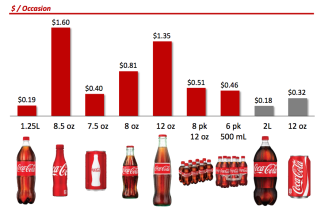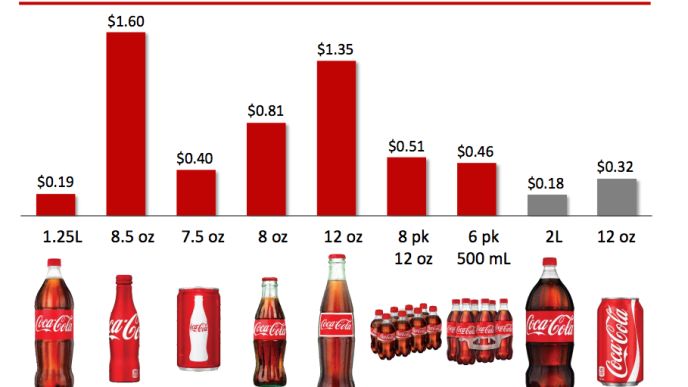Micro markets are transforming how consumers shop in tech-driven retail environments, reshaping convenience and offering personalized shopping experiences. These small-scale retail spaces, often automated and unstaffed, cater to the demands of consumers looking for quick, accessible, and versatile shopping options. This innovative retail model is gaining traction, particularly in spaces like offices, hotels, and large residential complexes.
Unlike traditional vending machines or retail stores, micro markets provide a more expansive range of products, from snacks and beverages to fresh food and personal care items. The key to their success lies in the seamless integration of technology, which enables easy access and efficient operations. Through digital payment systems and self-service kiosks, these markets make shopping a smooth and hassle-free experience, reflecting a significant shift in retail practices.
Impact on Consumer Behavior
The introduction of micro markets has significantly influenced consumer behavior, promoting a culture of on-the-go consumption. These markets meet the growing demand for instant accessibility to a variety of goods. With around-the-clock availability, they serve as a reliable resource for consumers at any time of the day or night. This convenience factor is pivotal in busy workspaces and residential areas where traditional retail hours may not suffice.
Consumer preferences are noticeably shifting towards quicker, more convenient shopping solutions that fit into their increasingly busy lifestyles. Micro markets cater precisely to this need, offering a tailored shopping experience that convenience stores struggle to provide. Their ability to stock a diverse range of products means that consumers can rely on these markets not just for impromptu snacks but also for essential items, bridging a crucial gap in the retail sector.
Technological Integration in Micro Markets
Technology is at the heart of micro market operations, facilitating a streamlined and user-friendly shopping experience. Advanced systems like RFID (Radio Frequency Identification) and mobile payment options not only enhance the efficiency of transactions but also help in managing inventory in real time. Such technological solutions ensure that micro markets are well-stocked and responsive to consumer demands, minimizing downtime and maximizing satisfaction.
These markets employ sophisticated algorithms to analyze consumer purchases and preferences, which helps in predicting future buying patterns and optimizing product offerings. This data-driven approach allows operators to tailor their inventory according to specific customer needs, improving overall service quality and ensuring consumer loyalty. The seamless integration of these technologies into micro markets makes them a forefront model in the evolution of self-service retail.
The Role of Micro Markets in Modern Workplaces
Micro markets are becoming an integral part of modern workplace environments, providing employees with convenient access to food and drink options directly onsite. This convenience boosts productivity by reducing the time employees spend seeking out meals during breaks. Furthermore, these markets can adapt to the specific needs of a workforce, offering a variety of meal and snack options that can be healthy and energizing.
The flexibility and convenience of micro markets have led to their increased popularity in offices across the country. They not only offer employees options for meals and snacks but also contribute to a more inviting workplace atmosphere. With the ability to customize product selections and availability, micro markets play a significant role in enhancing employee satisfaction and workplace culture.
Economic Benefits of Adopting Micro Markets
The adoption of micro markets brings substantial economic advantages to businesses and facility managers. One of the most significant benefits is the reduction in operational costs. Unlike traditional retail setups, micro markets require less personnel since they operate on self-service technology. This reduction in staffing not only cuts down on payroll expenses but also minimizes the complexities associated with managing a larger workforce.
Furthermore, micro markets typically occupy smaller physical spaces compared to conventional stores. This space efficiency allows businesses to utilize their commercial real estate more effectively, potentially reducing rental costs or reallocating space to other productive uses. Additionally, the flexibility in product pricing and inventory control that micro markets offer results in higher profit margins. Operators can dynamically adjust prices based on demand, inventory levels, and expiry dates, thus optimizing revenue and reducing waste.
Enhancing Customer Experience with Micro Markets
Micro markets excel in enhancing the customer experience by offering a more interactive shopping environment. With features like touch screens, cashless payment systems, and real-time feedback systems, these markets engage consumers in a way that traditional retail methods cannot match. This level of interaction not only makes shopping more enjoyable but also empowers consumers by giving them control over their purchases.
The personalization aspect of micro markets is also crucial in improving customer satisfaction. Operators can analyze purchase data to understand consumer preferences and adjust the stock to better meet the needs of their specific customer base. This targeted approach ensures that the products available are those that consumers want and need, which in turn boosts repeat visits.








